Artist Discussions: Beatrice Alemagna, Tomi Ungerer, and Suzy Lee
Three creators walk into a book conference. One of them is Italian, one of them is Korean, one of them is dead.
All right, technically Tomi Ungerer didn’t physically attend this year’s Bologna Children’s Book Festival. But you wouldn’t know that from the sheer levels of fervor that greeted his program that day.
Right now I’m going to cover three very different celebrations of three artists who were celebrated at the fair this year. Each one a star. Each one interesting. And all of them, rather different.
ADVERTISEMENT
ADVERTISEMENT
First up, we’ve got ourselves some Beatrice Alemagna. Here in America we’ve been lucky enough to see some of her books come to our shores. If you’re familiar with her work then you probably have your own favorites. For me, these are my Top Alemagnas of All Time:
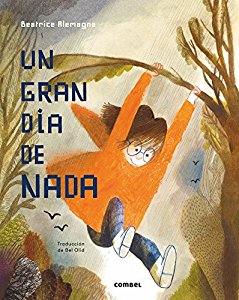
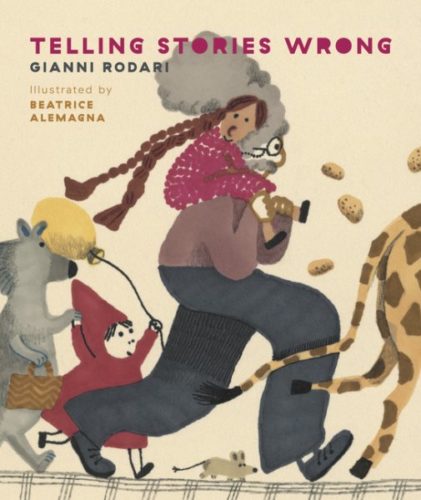
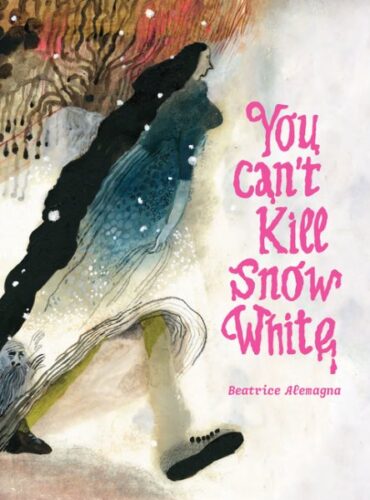
And my mostest favoritest:
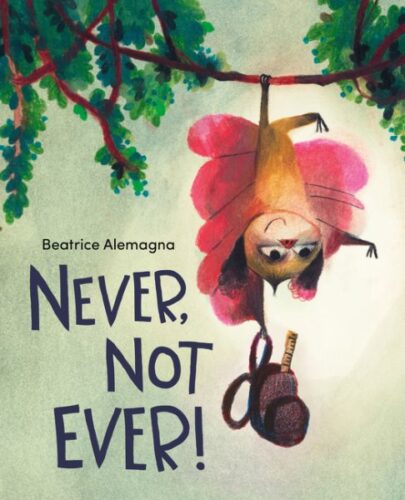
A book I still consider to be one of the best First Day of School titles of all time.
Part of the trouble with this talk is that I came to it a touch late and couldn’t find a seat. We’re talking standing room only in quite a large space. These notes, then, are the best I could do on my phone from where I stood.
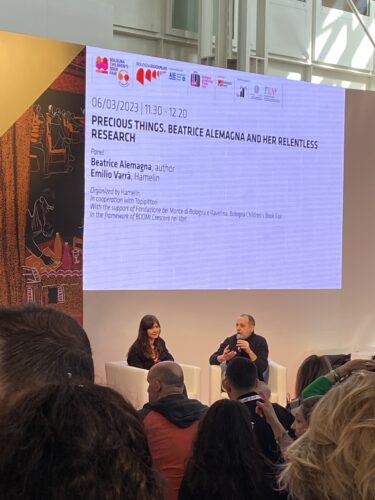
A couple key points about Beatrice came out of her discussion. First and foremost I like how she gets some of her inspiration. Basically, Beatrice will goes in children’s rooms in her friends’ houses to look and take in the specific kind of disorder one finds there. And, as anyone who has ever had a child will tell you, few things bring the reality of having kids to life like observing their bedrooms in their natural state.
Speaking of natural, much of the discussion focuses on how Beatrice depicts city life vs. the country. As she explained it, she grew up in the city and she feels that this fact gave her a natural advantage in her art. Because, you see, when she finally did confront nature for the very first time, she was utterly overwhelmed by it. It’s that sense of awe in the face of wilderness that she calls upon in her illustrations.
As for cities, Beatrice said that she tries to avoid depicting cities in the same way that people babytalk to children. Which is to say, she doesn’t like talking down to children in her art.
Pull quotes:
- “I like to recall children to their wild side, their natural side.”
- “I hate consistency and excessive technique.”
Beatrice also mentioned that when she was first beginning, she was terrified to use fluorescent colors in her art. That’s particularly amusing when you observe the following:
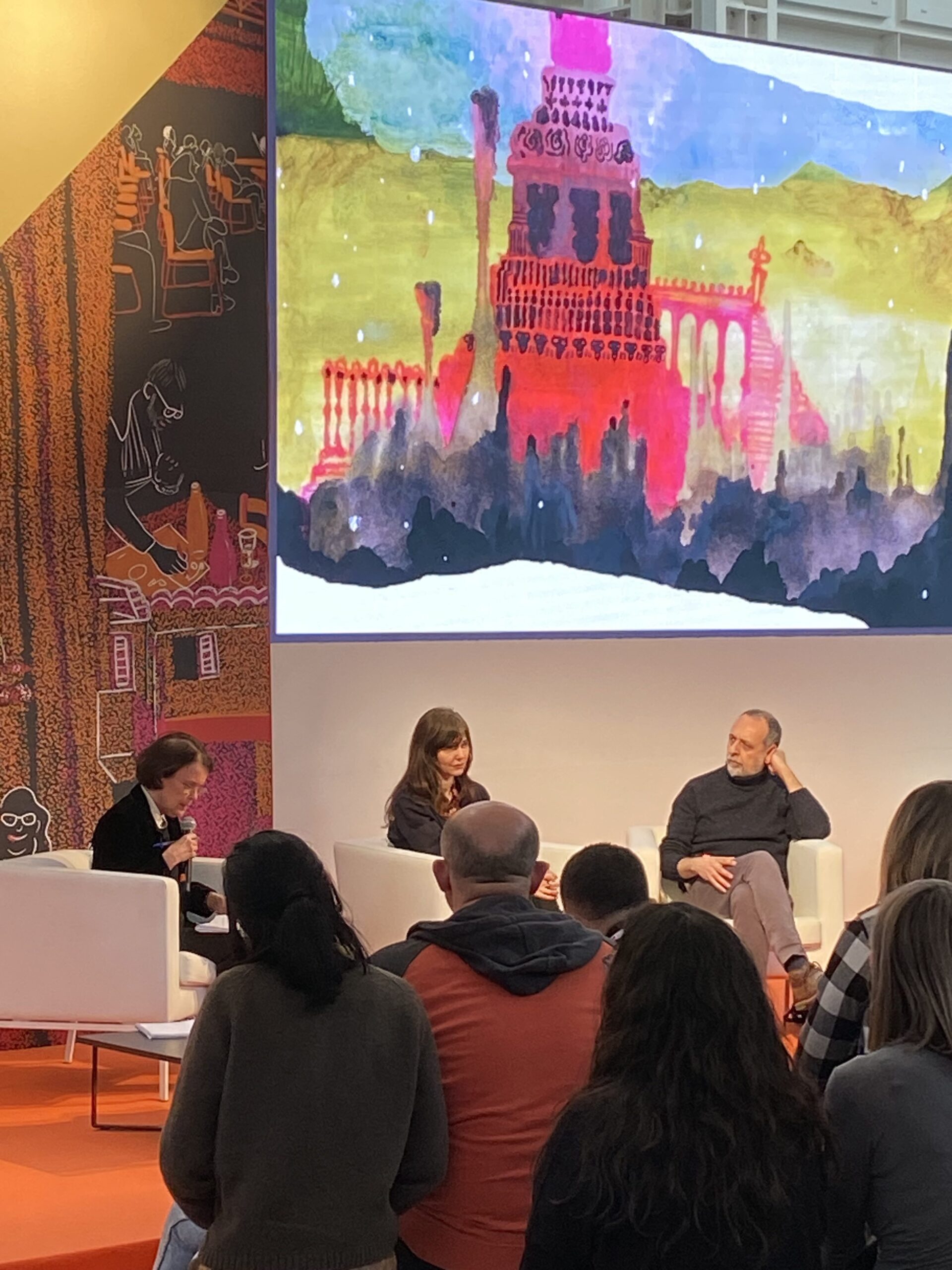
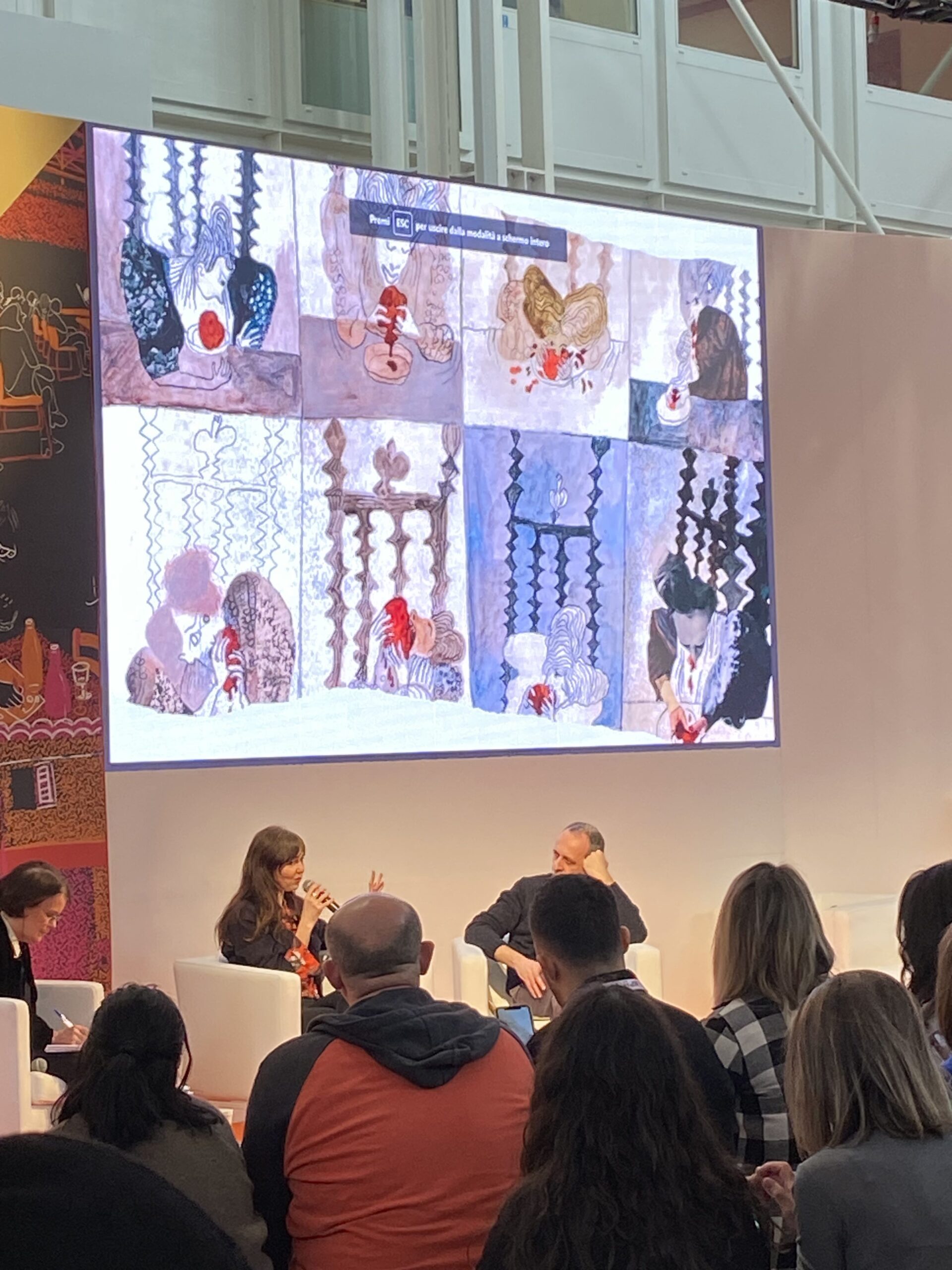
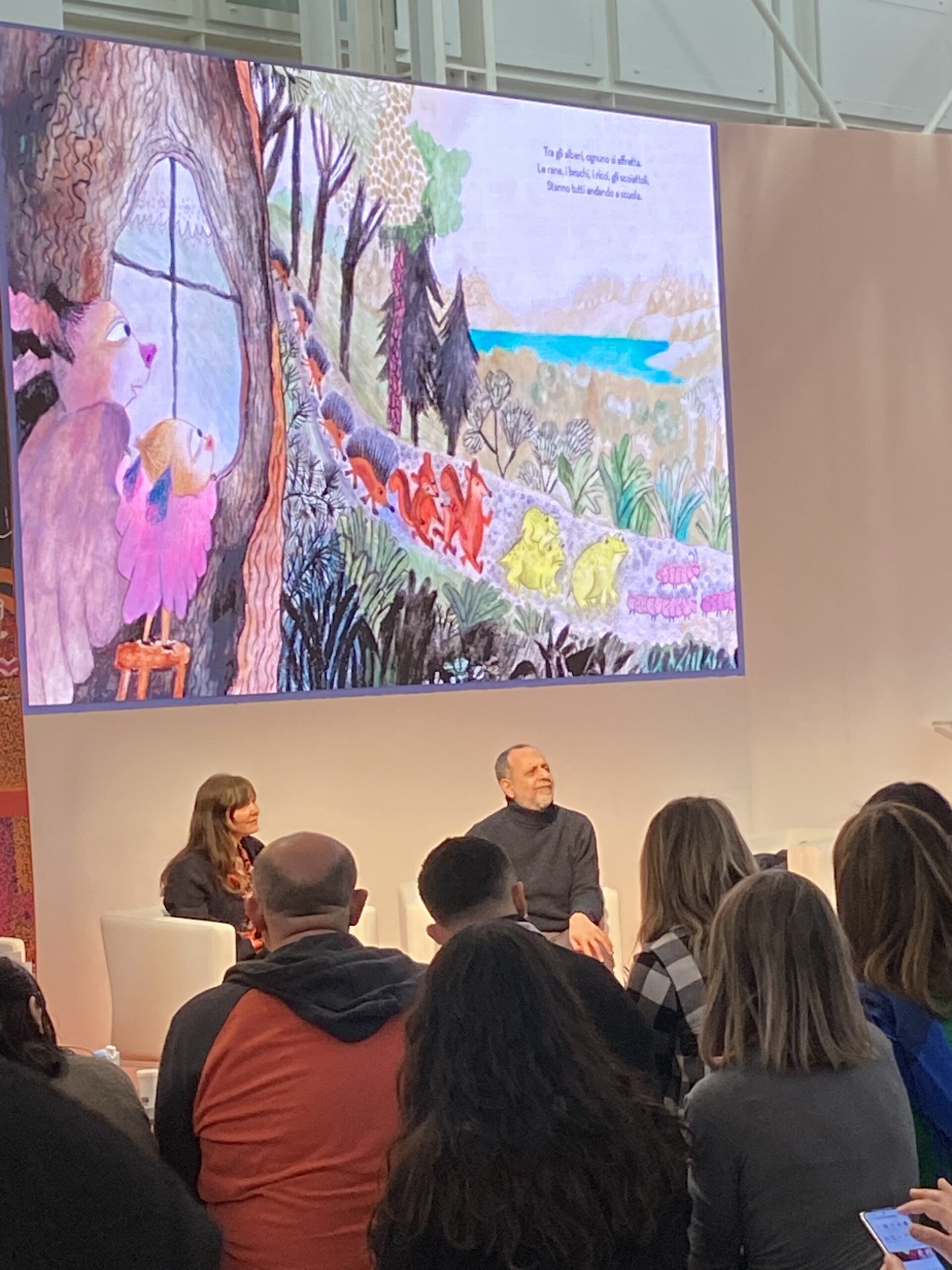
Finally, I would like to offer a special shout out to artist Dominika Wróblewska and this sketch she made of the panelists during their talk:
Which brings us to this guy:
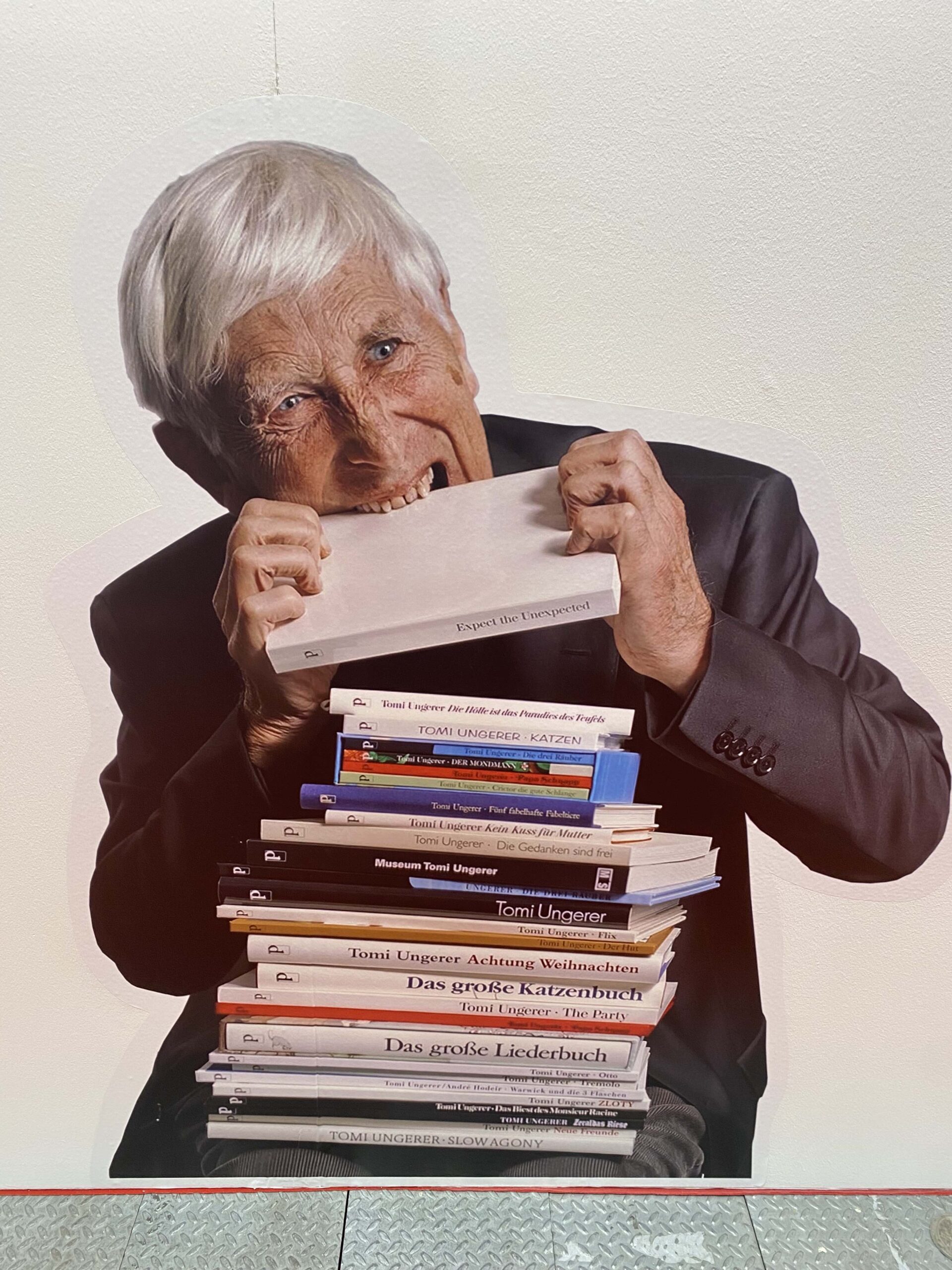
If I am a good little librarian/author, maybe someday I will have a chance to reenact this photograph in some way.
So as you may or may not know, this is a photograph of Tomi Ungerer. And if you’d like a reminder of who he is, I recently interviewed his daughter and publisher about the release of a new kind of Ungerer book in the post Stay Curious, Ask Lots of Questions, Don’t Trust Adults: Tomi Ungerer and His Legacy / Coloring Book.
A celebration of Tomi with an all-star cast was slated to begin we’re talking the aforementioned Beatrice Alemagna, Axel Scheffler (of The Gruffalo fame), and scholar Martin Salisbury, live and in the flesh. Now look at this room:
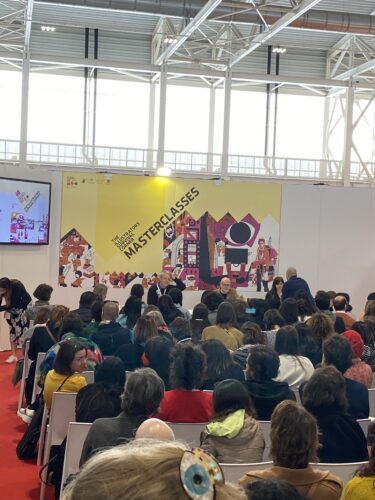
There was a very specific kind of nerding out going on here. Ungererites. There’s nothing like them.
When the conversation began, Beatrice apologized right from the get go, saying that her English was a bit poor. Then she whipped out the word “elasticity” to describe Tomi Ungerer’s art and I was left wondering what she would consider an accomplished English speaker to be.
Part of what was so nice about the talk was the time they took to discuss Ungerer’s influences early on. They showed his childhood art in Alsace during the Nazi occupation, then speculated on how living through that historical moment affected his art. Essentially, when he was a teen, Tomi was drawing mocking images of the occupying armies, something that could have gotten him killed. That early dislike of authority? A clear cut case of what you’d see later in his work.
But the thing I took away from everything was a little story that Beatrice told. Early in her career she had a chance to meet Tomi. Unfortunately, for one reason or another, the meeting never took place. So, as a way of saying hello, Beatrice left Tomi a copy of her book. She signed it:
“Your Zerelda for life.”
And yes, he responded to her and told her he liked the book very much. Good man.
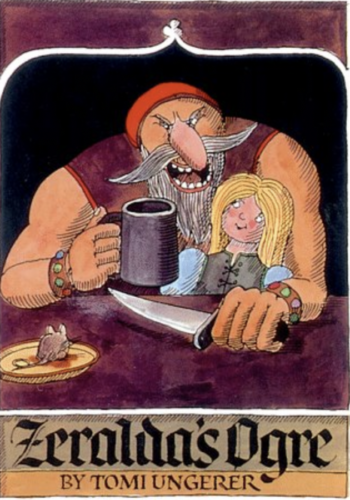
Finally, we come to Suzy Lee.
Okay, so the Suzy Lee program was an unexpected treat. A friend tipped me off to the fact that not only was she being featured with her own exhibition but she was also slated to speak about her work. I guess I should have figured that out. Generally, if they feature your work they’re going to want you to talk about it with you in some way.
Are you familiar with Suzy Lee, by the way? Her best known, best loved books tend to be Mirror, Wave, and Shadow:
But you probably saw her as recently as last year when she illustrated Pat Zietlow Miller’s See You Someday Soon:
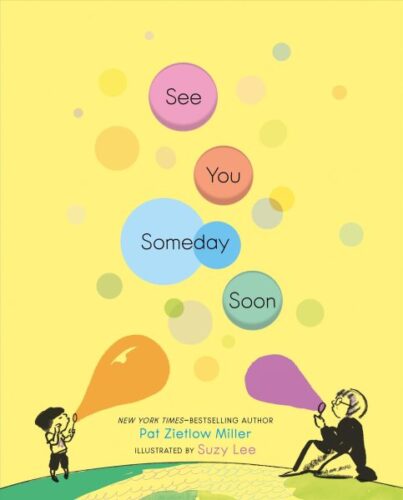
This South Korean artist may be one of the most inventive picture book creators working today. Here’s a good example of why: Some picture book artists play with the format of a book. Suzy? She takes it to another level. Here’s a quote of hers on the wall that explains it better than I can:
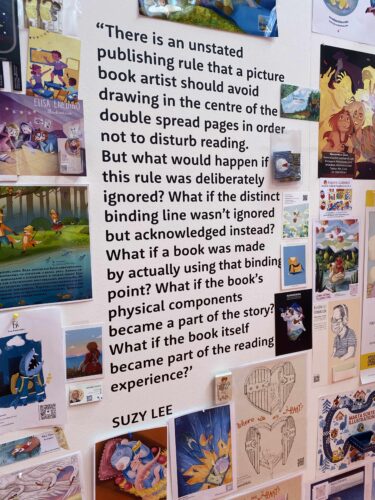
So essentially, she’s capable of using what we call the gutter of the book (and could anything make it sound grosser than that?) to her own advantage.
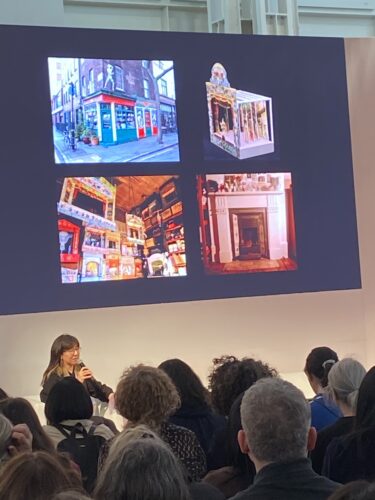
But before she got into any of that, she explained a little about her beginnings. For a time, she lived in London studying art, and in the course of living there she stumbled on this marvelous little toy museum just full of tiny play theaters. She remembered seeing them one day and then returning to the place where she was staying. Lo and behold, when she looked at the old-fashioned fireplace, she realized that it resembled one of those toy theaters. As a result, her first picture book, a play on Alice in Wonderland, was born. I had a chance to page through it in her exhibit and it’s a fun little number. Essentially, Suzy takes herself as a child and puts her through the paces of Alice, chasing that white rabbit. But when the rabbit doesn’t run and turns around to face her, suddenly who’s being chased and who’s a rabbit starts to change.
After that, Suzy walked us through the three books that sort of make up a trilogy of her work (and, regrettably, I didn’t have a chance to purchase a book that discusses the three in the book sale area). Mirror plays with the gutter vertically and is your standard picture book size, tall and thin.
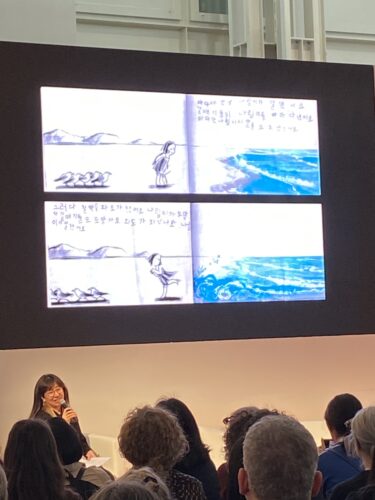
Wave is a bit different. Long and thin, the gutter is in the center but there’s so much more room to play about the edges of the action. Suzy utilizes a lot of white space in this book, and since it’s wordless she discovered to her delight that children worldwide like to write their own stories in the margins. She showed two examples from children of two different nations, writing the story on the pages. That’s precisely the kind of thing Ms. Lee likes to hear about. Something about this story, the children seeing the book not as some pristine art object but as something they can interact with and make their own, reminded me of that old story about Maurice Sendak. One day he was sent a fan letter from a little boy, so (and this was probably early in his career) he made a drawing and sent it back to the boy. A little later the boy’s mother wrote to Sendak and told him that the boy was so excited to receive the art that he ate it. Sendak absolutely loved telling that story. There’s a bit of him in Suzy’s work, I think.
ADVERTISEMENT
ADVERTISEMENT
But it was a story she told about Shadow that really struck home for me. Shadow was the first book that I personally encountered and adored of her work. This time the book is long and thin like Wave, but the binding cuts through the center horizontally. On the upper portion is a girl in a garage full of different objects. Below is her shadow and the objects’ shadows. The bottom becomes imaginative and the top realistic until all at once the distinctions begin to blur.
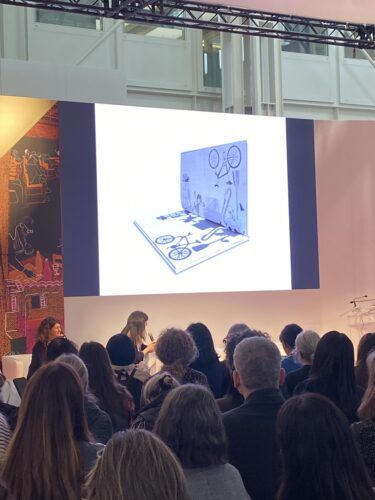
As she tells it, one time Suzy asked a boy what his favorite part of Shadow is. He showed her the two page spread that just entirely black. She asked him why he liked it so much and he said it was because of the shadows in the shadows. A cute answer but she still didn’t really understand. That is, until he held the page up to the window. There the light filtered through the page, showing the shadows on one side of the page glowing faintly against the blackness of the other. This absolutely floored Suzy and she thought it a marvelous example of how children see things in their books that we simply do not and cannot, even when we’re the creators.
She ended with a book that I thought had come to America, but apparently never did. I was confused because last year I complimented it and then an incredibly kind person in South Korea sent me my very own copy. Called Estate it’s just as inventive as Suzy’s other books but in an entirely different way. Here, she wanted to do something with the interplay between music and picture book. The story, such as it is, shows a performance given, with different people taking part in acting it out. Ideally, you read this wordless book alongside Vivaldi’s Spring Concerto from his Four Seasons. Here, I’ll show you a little.
Very nice. But Suzy pointed out something about the book that ties it together with the first book she ever did. In her Alice book the toy theater becomes a theater on the page, and Suzy took care to put herself in the front row. In Estate, at the end of the book the characters come to the stage to bow. If you watch the audience, you realize that the only people who’ve been sitting there are the same people who are coming onto the stage to bow. And the only person left in the audience? You guessed it. Suzy Lee.
Don’t worry, though. At the end of this talk I think she got enough applause to last a lifetime. And well does she deserve it.
Filed under: Bologna Children's Book Fair
About Betsy Bird
Betsy Bird is currently the Collection Development Manager of the Evanston Public Library system and a former Materials Specialist for New York Public Library. She has served on Newbery, written for Horn Book, and has done other lovely little things that she'd love to tell you about but that she's sure you'd find more interesting to hear of in person. Her opinions are her own and do not reflect those of EPL, SLJ, or any of the other acronyms you might be able to name. Follow her on Twitter: @fuseeight.
ADVERTISEMENT
ADVERTISEMENT
SLJ Blog Network
Magda, Intergalactic Chef: The Big Tournament | Exclusive Preview
Fifteen early Mock Newbery 2026 Contenders
When Book Bans are a Form of Discrimination, What is the Path to Justice?
Poetry Gateways, a guest post by Amy Brownlee
ADVERTISEMENT


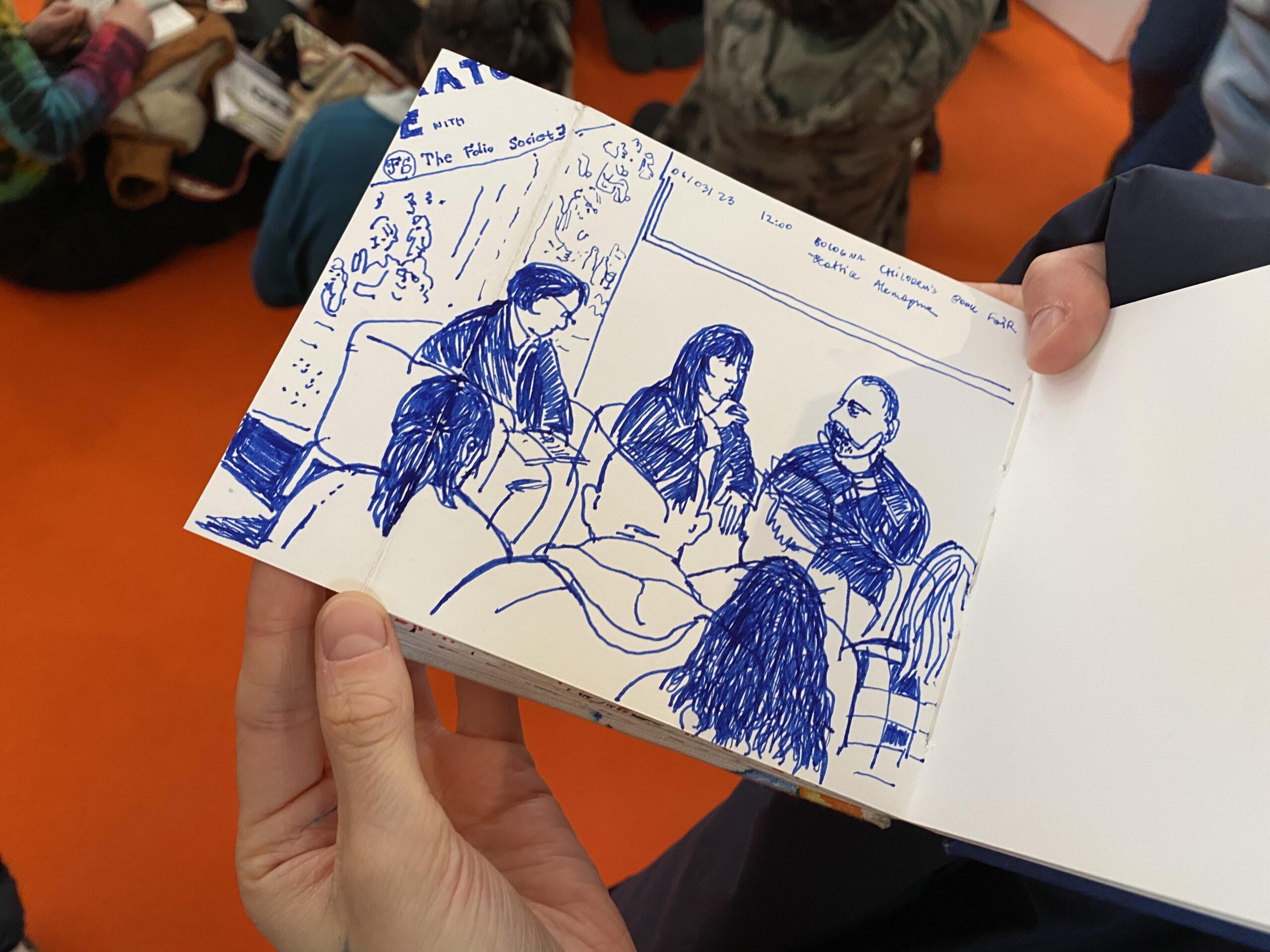






Apparently this book, also by a Korean author-illustrator, makes use of the gutter: https://www.amazon.com/Corner-Zo-pen-name/dp/1771475323/ref=sr_1_1?crid=1WWM0T2P89KVU&keywords=corner+zo-o&qid=1678718482&sprefix=corner+zo-o%2Caps%2C101&sr=8-1
Waaaaaant!!